A Capitol Tour and Library of Congress
/ Day 10 – Moored, Washington, DC
Day 10 – Moored, Washington, DC
We were up early and ready to tackle another day of being tourists in Washington, DC. I was able to book a free tour of the Capitol Building on line and we headed there first. There's no lack of information nor brochures available about the Capitol and I took advantage of them all.
 Situated on nearly 60 acres of winding paths, trees and flowers at the east end of the National Mall, the Capitol Building grounds “reflect a plan completed in 1892 by renowned landscape architect Frederick Law Olmsted”.
Situated on nearly 60 acres of winding paths, trees and flowers at the east end of the National Mall, the Capitol Building grounds “reflect a plan completed in 1892 by renowned landscape architect Frederick Law Olmsted”.
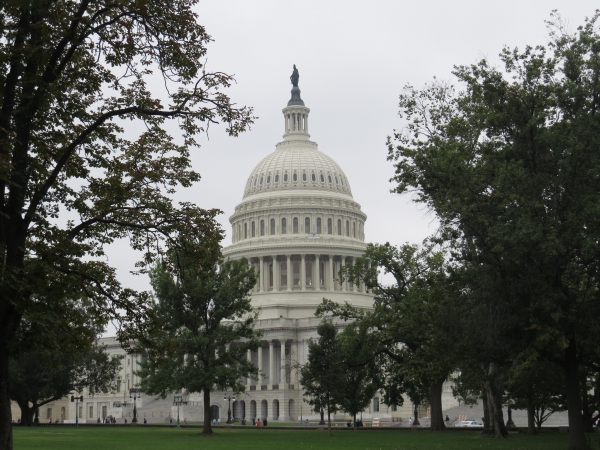
The Capitol Visitor's Center was completed in 2008 and it's absolutely grand. It's wide and expansive, with marble floors and pillars. We passed through Security, picked up our passes and spent some time in the informative Emancipation Hall exhibit area while waiting for the tour to begin.
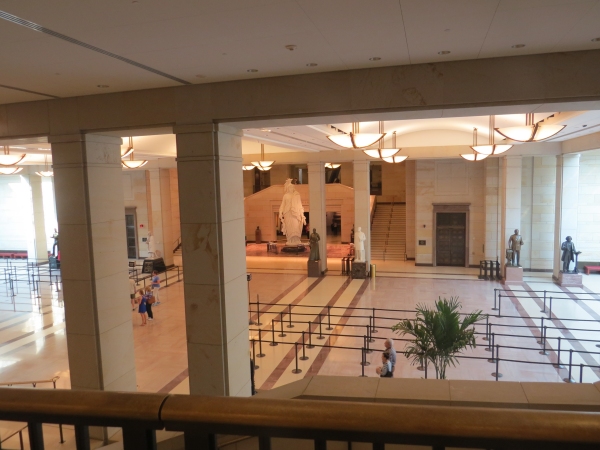
A full-size plaster model of the Statue of Freedom dominates the entrance to the Exhibition Hall. The American sculptor, Thomas Crawford, designed it as the topper for the US Capitol Building. Its 20', 15,000 pound, bronze counterpart has stood atop the cast-iron Capitol dome since 1863. The plaster model has been shuffled around from the National Statuary Hall, to the Smithsonian, to storage and then here when the Visitor's Center opened in 2008.
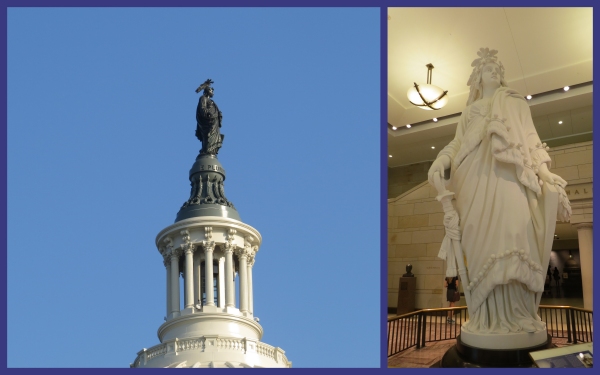
We watched a 15-minute introductory video and then met our well-rehearsed tour guide. Our group of about 25 people followed like sheep as the guide pointed out key statues and architectural features, showed us the old Supreme Court headquarters, the Senate chamber and narrated the history of the Capitol building. In the Hall of Statuary and throughout the building, statues of famous men and women were on display. Each state is allowed two statues and all are displayed somewhere within the Capitol Building.
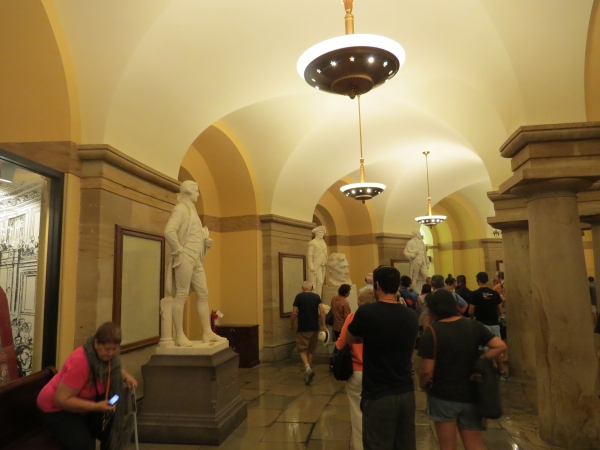
The pièce de resistance, however, was the Capitol Rotunda, the eye of the Capitol dome. Italian immigrant, Constantino Brumidi , was responsible for most of the murals and wall paintings within the Rotunda, including his exquisite masterpiece, The Apotheosis of Washington, which adorns the ceiling of the Rotunda.
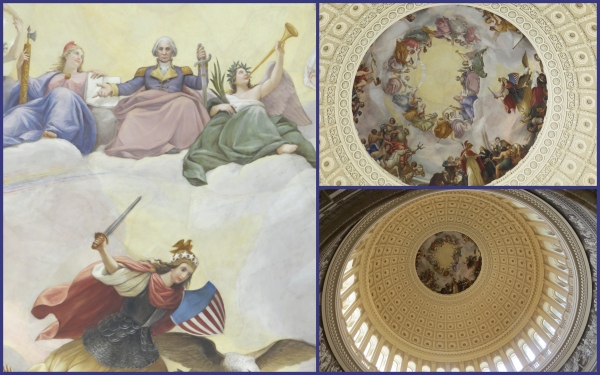
A frieze encircles the base of the dome and depicts significant events in American history including the landing of Columbus, Cornwallis' surrender to Washington, the discovery of gold in California and the Wright Brothers. The fresco technique used was “grisaille, a monochrome of whites and browns to give the effect of sculpture”.
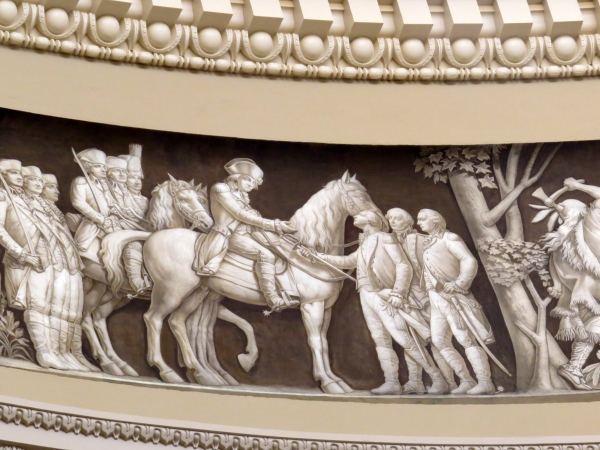
When the tour had ended, the guide suggested we take the underground tunnel from the Capitol to the Library of Congress, a building, he said, was the most beautiful in Washington. How could we resist? “The Library of Congress [established in 1800] is the world's largest repository of knowledge and creativity with a collection of more than 162 million items.” We entered the Great Hall, the centerpiece of the building, and gasped in wonder at its incredible beauty. Wow!
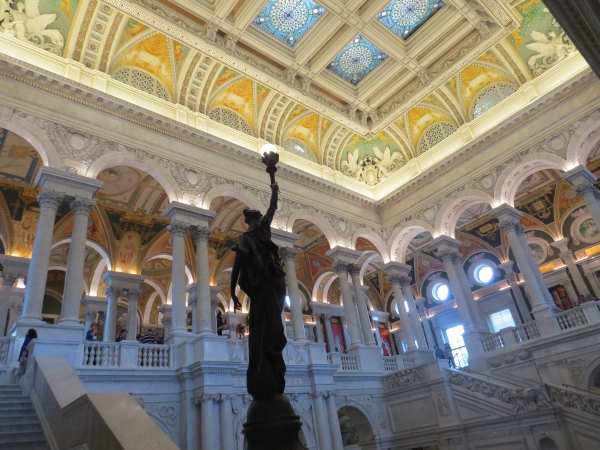
In a Beaux Arts tradition, the heavily ornamented ceiling and walls were exquisite. Stained-glass skylights cast a warm glow on the two marble staircases that flanked the hall and led to the second floor at mezzanine level. There was too much for the eye to see and the mind to contemplate in one session.
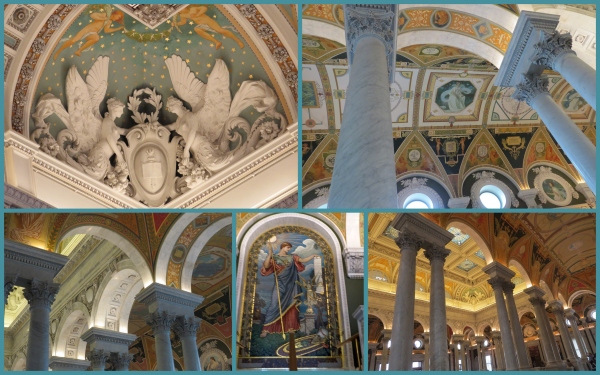
We climbed another marble staircase to a special gallery that overlooks the Reading Room, a center for research and study.
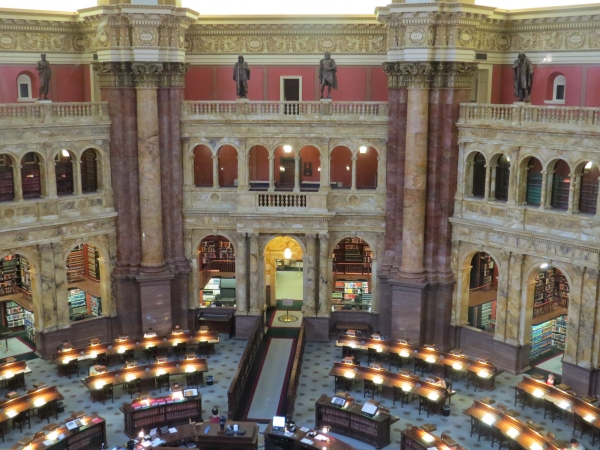
We wandered through the Great Hall and exhibits and side corridors and rooms taking in everything from Bob Hope's funniest jokes, to Marvin Hamlisch's Oscar for Best Score in The Way We Were to the Gutenberg Bible.
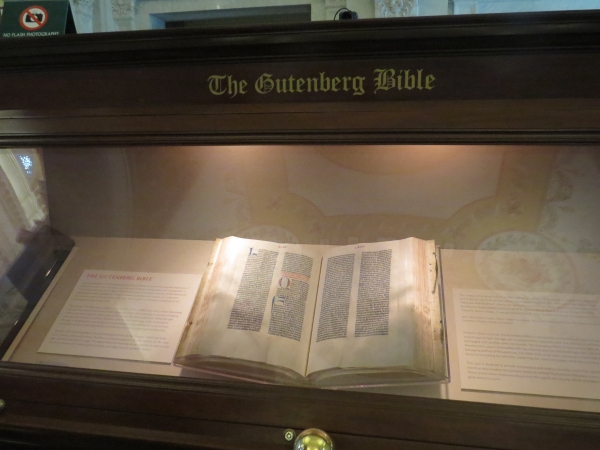
Once again, we were awed and overwhelmed by what we had seen and experienced. These are not places that can be viewed once and checked off as “been there, done that”. These are incredible places that might take a lifetime to totally take in and comprehend and beckon visitors to return over and over again. For us, we needed time to digest and appreciate. We caught a late lunch at one of the food trucks that line the National Mall, wandered around town some more and by late afternoon, tuckered out in body and mind, headed back to Cups.


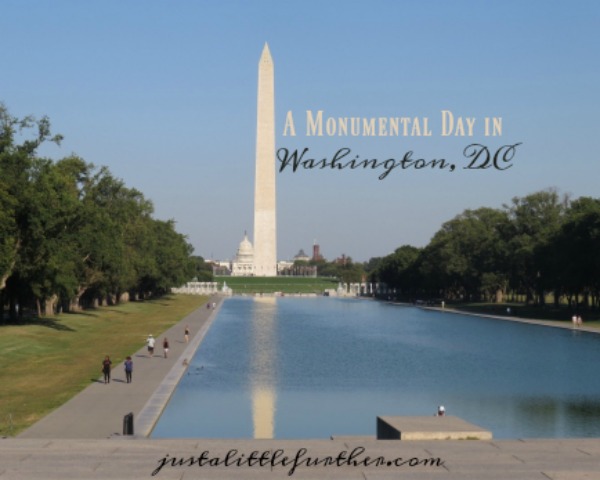 Day 9 – Moored, Washington, DC
Day 9 – Moored, Washington, DC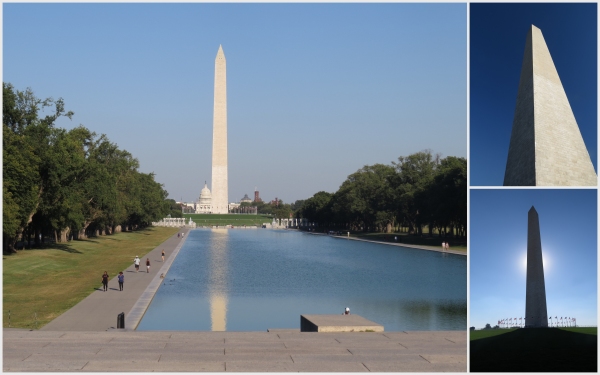
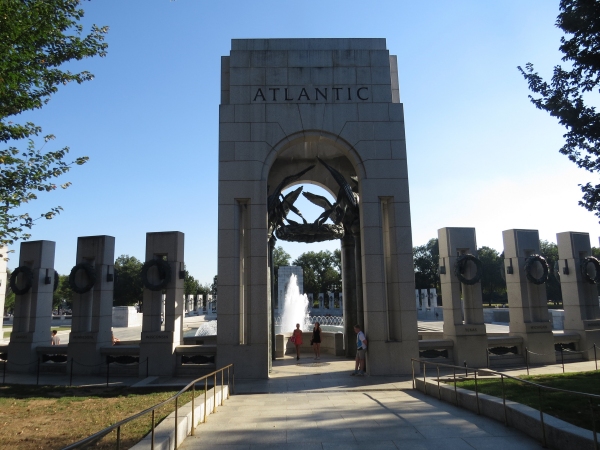
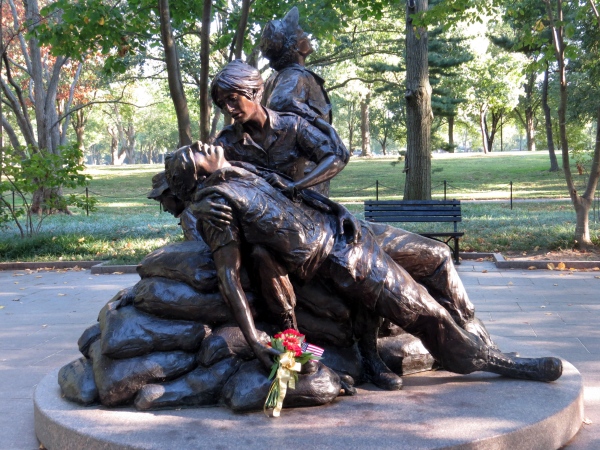

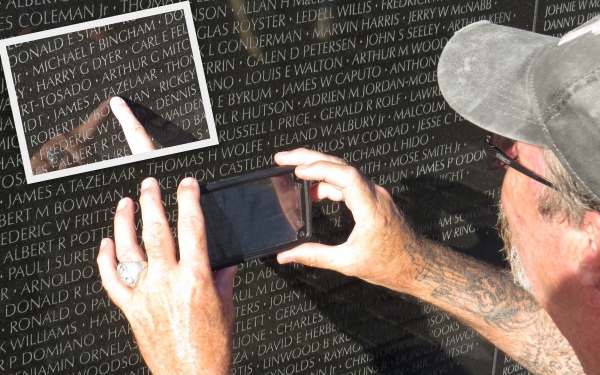
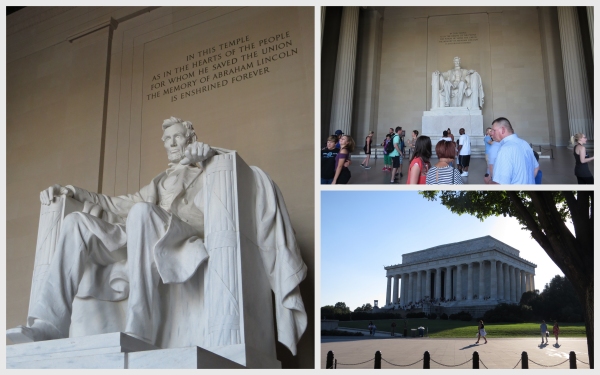
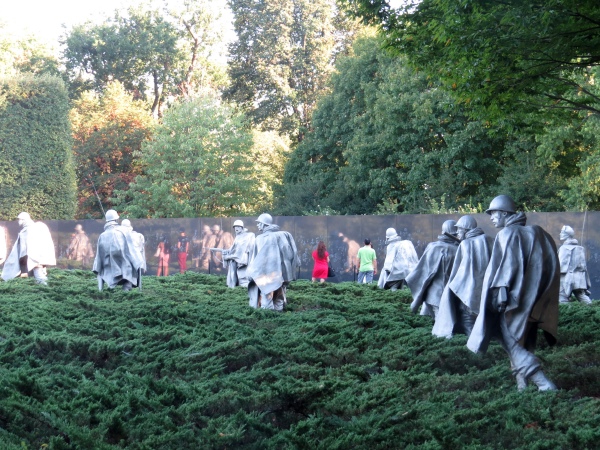
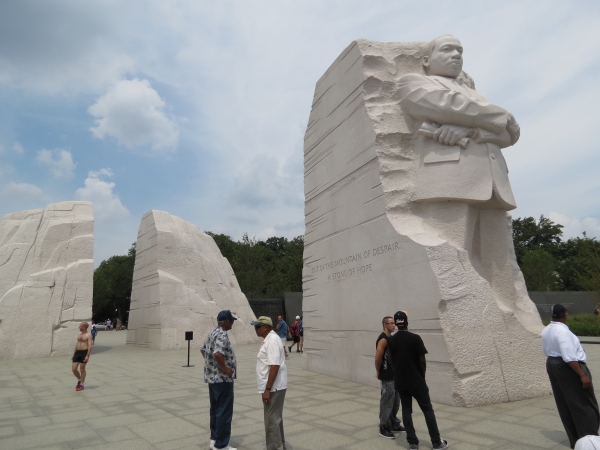

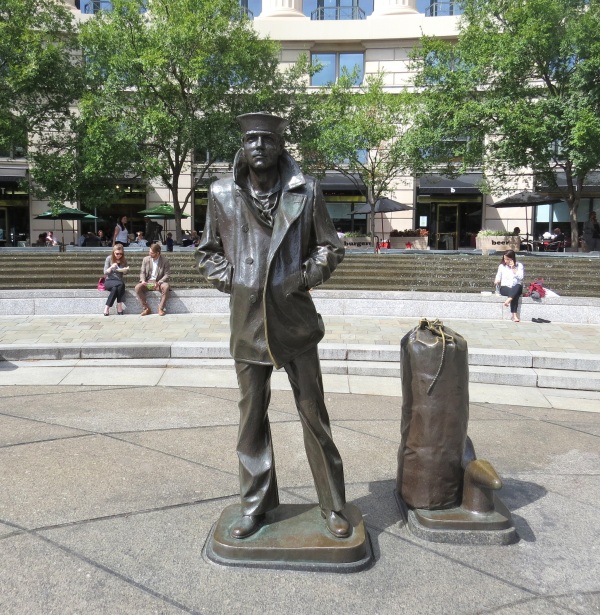
 Day 8 – 0 nm – we stayed put (passage total: 223 nm)
Day 8 – 0 nm – we stayed put (passage total: 223 nm)












